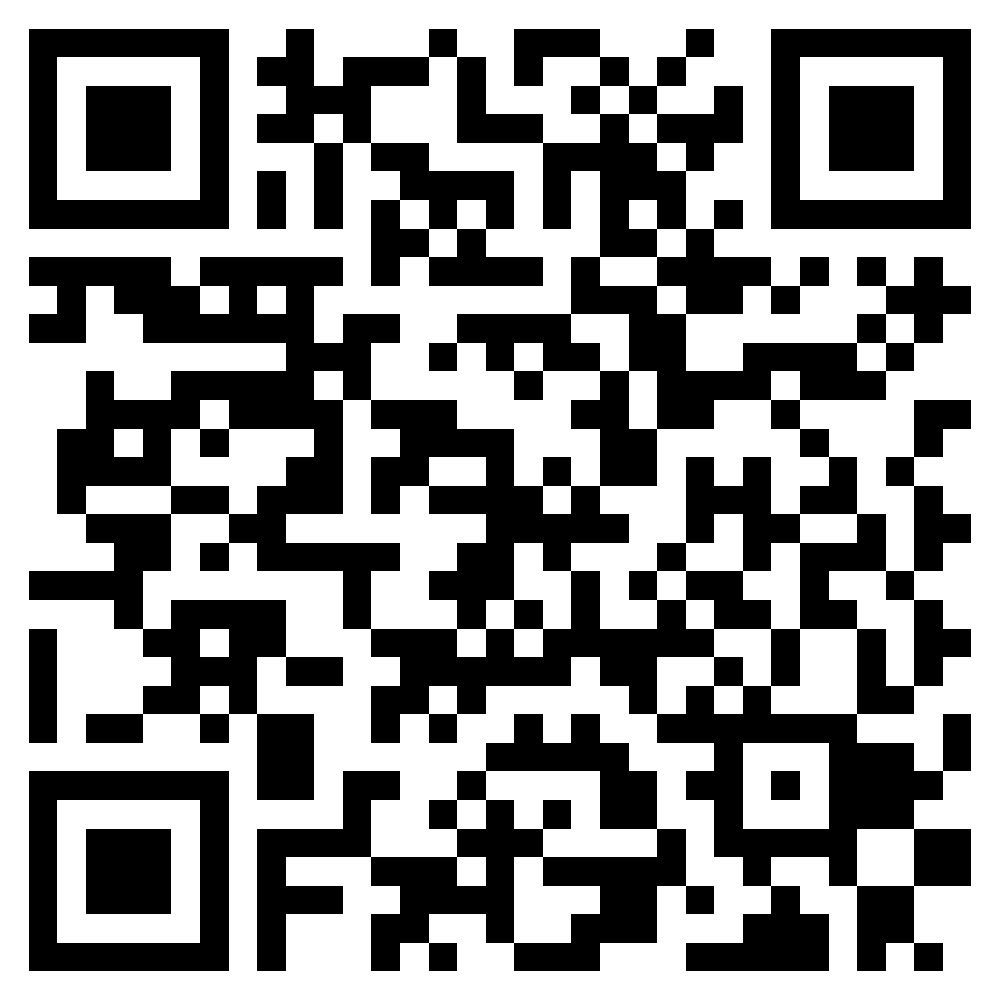POSSIBILITIES OF USING A CHEMICAL EXPERIMENT ON THE FORMATION OF STUDENTS’ CRITICAL THINKING COMPETENCIES
DOI:
https://doi.org/10.55640/eijmrms-02-04-21Keywords:
Chemical industry, training laboratory, imitationAbstract
This paper describes the possibilities of further enhancing the developmental, critical thinking skills of students by making changes to the form and content of the chemical experiment in the general secondary education system. The organization of chemical experiments in accordance with real industrial processes is another tool to ensure that chemistry education is linked to practice.
References
Askarov P., Gopirov K., Tukhtaboyev.Kh. Chemistry. Textbook for 8th grade. 2019. Tashkent “Uzbekistan” NMIU.
Polosin V.S., Prokopenko V.G.Practicum on the method of teaching chemistry. – M., 1989.
Tretyakov Yu.D. Practicum on inorganic chemistry.– M .: Higher school, 2004. – 384 p.
Tsvetkov L.A. Experiment on organic chemistry in middle school. Techniques and methods. –M .: School Press, 2000. – 192 p.
Voskresenskiy P.I. Techniques laboratory works. –L .: Chemistry, 1970. –720 p.
Kuchkarov M.A., Goziyev S.I. Assembling tools and equipment for a chemical experiment. –T .: Science and technology, 2010. – 32 p.
Kuchkarov M.A. Some recommendations for solving the shortage of chemical reagents and equipment // Pedagogical education. –Tashkent, 2007. –No.5. –Pp. 36-37.
Mamaeva, E. A., Isupova, N. I., Masharova, T. V., & Vekua, N. N. (2021). Modeling in the environment of three-dimensional graphics as a method of forming students' critical thinking. Перспективы науки и образования, (2), 431-446.
Nechypurenko, P., Evangelist, O., Selivanova, T., & Modlo, Y. O. (2020). Virtual Chemical Laboratories as a Tools of Supporting the Learning Research Activity of Students in Chemistry While Studying the Topic" Solutions". In ICTERI Workshops (pp. 984-995).

Downloads
Published
How to Cite
Issue
Section
License
Copyright (c) 2022 Mehriddin A. Kuchkarov

This work is licensed under a Creative Commons Attribution 4.0 International License.
Individual articles are published Open Access under the Creative Commons Licence: CC-BY 4.0.

